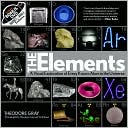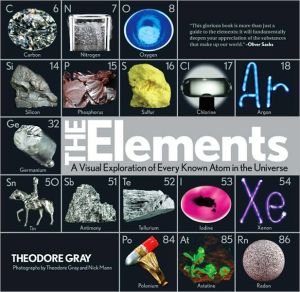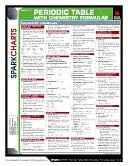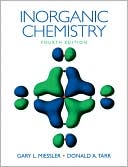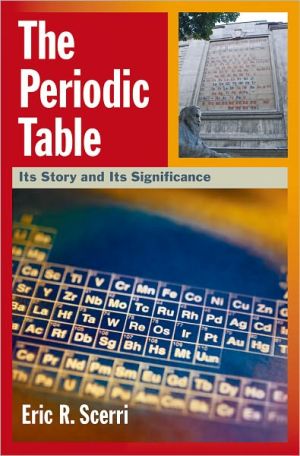A Course in Group Theory
The classification of the finite simple groups is one of the major intellectual achievements of this century, but it remains almost completely unknown outside of the mathematics community. This introduction to group theory is also an attempt to make this important work better known. Emphasizing classification themes throughout, the book gives a clear and comprehensive introduction to groups and covers all topics likely to be encountered in an undergraduate course. Introductory chapters...
Search in google:
The classification of the finite simple groups is one of the major intellectual achievements of this century, but it remains almost completely unknown outside of the mathematics community. This introduction to group theory is also an attempt to make this important work better known. Emphasizing classification themes throughout, the book gives a clear and comprehensive introduction to groups and covers all topics likely to be encountered in an undergraduate course. Introductory chapters explain the concepts of group, subgroup and normal subgroup, and quotient group. The homomorphism and isomorphism theorems are explained, along with an introduction to G-sets. Subsequent chapters deal with finite abelian groups, the Jordan-Holder theorem, soluble groups, p-groups, and group extensions. The numerous worked examples and exercises in this excellent and self-contained introduction will also encourage undergraduates (and first year graduates) to further study.
1. Definitions and examples2. Maps and relations on sets3. Elementary consequences of the definitions4. Subgroups5. Cosets and Lagrange's Theorem6. Error-correcting codes7. Normal subgroups and quotient groups8. The Homomorphism Theorem9. Permutations10. The Orbit-Stabilizer Theorem11. The Sylow Theorems12. Applications of Sylow Theorems13. Direct products14. The classification of finite abelian groups15. The Jordan-Hölder Theorem16. Composition factors and chief factors17. Soluble groups18. Examples of soluble groups19. Semi-direct products and wreath products20. Extensions21. Central and cyclic extensions22. Groups with at most 31 elements23. The projective special linear groups24. The Mathieu groups25. The classification of finite simple groups Appendix A Prerequisites from Number Theory and Linear Algebra Appendix B Groups of order [ 32Appendix C Solutions to Exercises Bibliography Index

